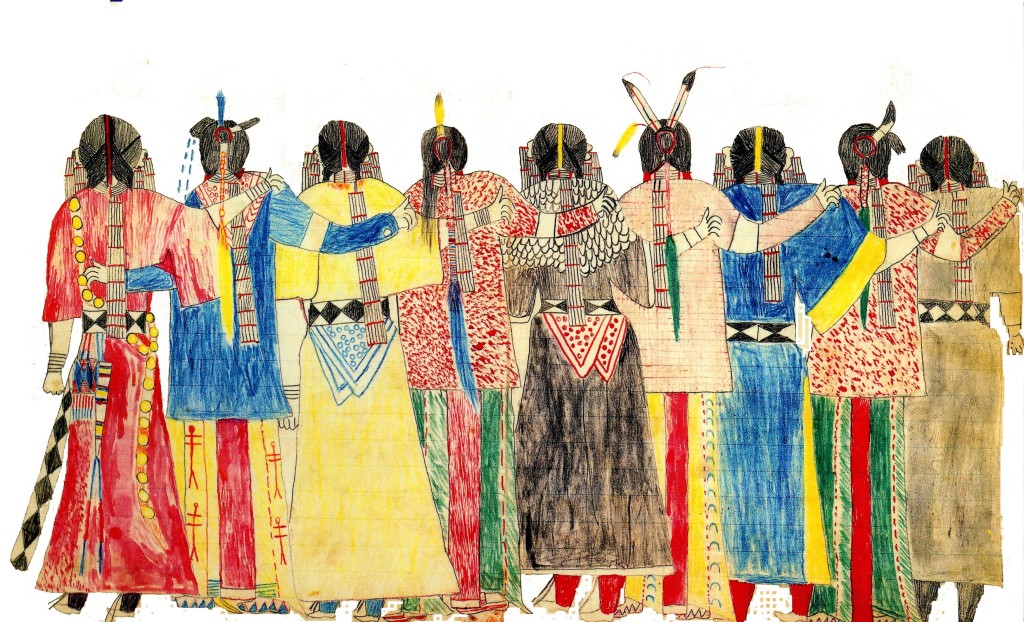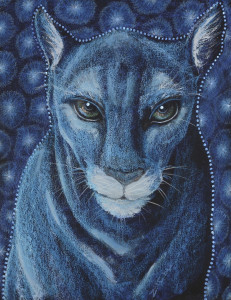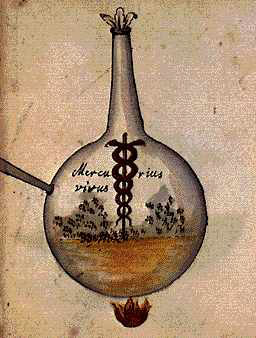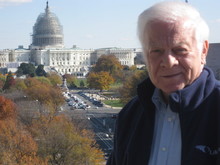
Dyane Sherwood will speak about the symbolic and experiential way that the Lakota (“Sioux”) tribe’s ancient spiritual tradition situates the individual within the natural world and within community. We will look at fundamental symbols and rituals, as well as a story that teaches the value of feminine wisdom. This will be related to the alienation and suffering expressed by many people seeking psychotherapy today, who have lost their orientation and sense of belonging in the natural world and within a community with shared values. The lecture will be followed by a ritual of drumming as a form of active imagination, as practiced by the late Donald Sandner. Wear comfortable clothing and bring drums and rattles so we can celebrate together at the end.
Season: Spring 2017
Coyote, the Great North American Trickster

See a slideshow of the workshop on Dyane’s Website
Dyane Sherwood will introduce you to Coyote, who indulges his greedy and lascivious nature and tries to get what he wants through trickery and a disregard for cultural norms. He was a popular figure throughout native peoples in North America, whose stories used outrageous humor to teach us about the Coyote in ourselves and warn us about the Coyote in others.
Each person will have the opportunity to use paper clay, paint, and other art supplies to make your own Coyote figure. We will make the figures in the morning, and then paint and decorate them after lunch. You may also wish to write a story of your own about an encounter with Coyote!
We will end the day by studying a no-longer practiced Navajo story and healing ritual that takes us more deeply into the evil and harm caused by Coyote when his path leads to addiction, abuse, and mental illness.
Note: Registration is limited to 30 attendees.
Panther’s Prints: Tracking the Transcendent Function Through Imagery

Something works behind the veil of fantastic images, whether we give this something a good name or a bad. It is something real, and for this reason its manifestations must be taken seriously. -C.G. Jung
In her lecture, Jane Zich will explore impressions of the transcendent function based on her Vision Journey painting series. This image-mediated dialogue with the unconscious, which has spanned twelve years, was initiated by the arrival of a numinous blue Panther. Panther’s presence not only opened the possibility of an “I-Thou” relationship with imagery, but also became a symbol of the transcendent function. Paintings from the Vision Journey series, and experiences during that painting process, will be examined as Panther’s metaphorical footprints. We will explore these “tracks” to see what they seem to reveal to us about the transcendent function, about its course and patterns of movement, and about the circumstances or psychological terrains in which the transcendent function is apt to become most apparent to us. Applications to clinical contexts will be discussed.
Image: Panther © 2013 by Jane Zich
Experiential Reflections on the Transcendent Function in Our Lives
Jung’s writings on the transcendent function present multiple, sometimes seemingly contradictory, impressions of the transcendent function. In this workshop we will consider how these “contradictions” may reflect the mystery within and around the transcendent function. Excerpts from Jung’s writings about the transcendent function, as well as material from Friday night’s lecture, will be used to help awaken our curiosity about and openness to the transcendent function in our lives and in our work as therapists. Drawing and collage exercises will provide visual means for exploring our relationship with the transcendent function. After the exercises, there will be time for communal sharing of impressions and reflections, and an opportunity to identify and affirm attitudes or intentions we want to carry forward from the workshop.
Alchemy and Jung’s Red Book
All of Jungian psychology as we know it – the story of how Jung became Jung – originates in the Red Book. The Red Book is the story of Jung’s confrontation with the unconscious undertaken over the course of 16 years from 1914 – 1930 and expressed in 400 calligraphic pages of writings and 53 full page color paintings. Central to Jung’s reflections in 1912-13 before he began the Red Book, was one main question that became the question of all questions: “What is the myth of my life?” To his great surprise Jung discovered that his myth, the myth of the Red Book, was the alchemical myth.
“I had very soon seen that analytical psychology coincided in a most curious way with alchemy. The experiences of the alchemists were, in a sense, my experiences, and their world was my world. This was, of course, a momentous discovery.”
Many alchemists were not literally trying to turn lead into gold, but were speaking in a language of symbols about the imagination of transformation. This the reason why Jung observed in alchemical texts the same symbols that he experienced in himself and saw in the dreams of his patients. Three of the main themes in alchemy involve the confrontation with the shadow, the return of the repressed feminine, and the relationship between psyche and matter. Connecting these themes is the alchemical mysterium coniunctionis or the union of sun and moon, of the conscious day world with the unconscious night world. In this presentation we will track the original texts and imagery of the alchemists into their reappearance in Jung’s Red Book and, finally, reflect on the meaning and value of the alchemical myth for our lives today in the contemporary world.
Alchemical Active Imagination
Jung conceived of alchemy as a practice of what he called active imagination, a meditative practice of transformation in which inner complexes and archetypal constellations are personified or experienced as images and then confronted and related to by the conscious ego. Writing, painting, dance, music and other mediums in addition to unconscious projections onto matter, can all be used to bring the unconscious to conscious expression. Having gone over the theory and history of alchemy in the presentation, in this workshop we will learn how to practice active imagination. Practical recipes taken from alchemy will be introduced and we will provide ample time to apply these recipes to our own experience, not just talking about alchemy but effectively becoming alchemists ourselves. We will also access the way in which Jung saw the value and importance of doing this type of work, politically and culturally, as well as individually.
Living Life More Fully in the Shadow of Mortality
Jung observed that “life is a short pause between two mysteries.” That fact is not in debate; what does matter, then, is how we live that short pause. Given that mortality frames our brief journey, how can we live more fully in its presence without being defined by morbidity, fear, and denial? What are the attitudes and practices which enable us to live more fully? And what psychological maturation brings us to experience this short pause as rich with meaning?
Taking Your Life Back: Steps to the Recovery of a Personal Journey
Tiny, dependent, and at the mercy of the world around us, we all have to adapt, adjust, bury, deny, split-off and repress, and thereby lose contact with our own sovereignty and natural source of guidance. The core project of the second half of life is the recovery of that source. This program/workshop will focus on twenty-one steps we may take toward the recovery of our personal journey.

